There´s nothing as alluring to both armchair adventurers and real one´s as extreme cold. I know that from many years of being in the media. As quick as I talk or write about extreme cold, frostbites and winter, the interest raises 10 fold. I have just published 3 articles about extreme cold these last two weeks and I have more readers than ever. However, I don´t really see myself as an expert on wilderness survival, but these do exist. One of them is a Swede, who really knows what he is talking about. So I begged him to write an article for me as regards to winter and low temperatures. And he obliged with this great article below, which no doubt deepens our interest in this paradise or hell. He runs his own outdoor school, Nordic Bushcraft.
Paradise or hell, life below zero degrees
By
Johan Forsberg
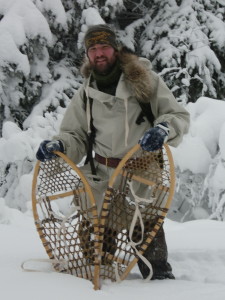
28 degrees Celsius is the temperature where the human body can lay down naked and rest without being cold or sweating. If it is colder than that or there are cooling winds that we need clothes on our body. There is probably nothing worse than being cold, most people know the feeling when your little toe is cold and their whole world is about that little toe. But what happens when it gets really cold?
0 degrees Celsius is when water freezes and becomes the solid form we call ice. The colder it gets, the faster water will freeze. This is also when that downpour often comes as snow. Snow and ice can take many forms and this is probably best illustrated by the Sami people that have over 100 names for different kinds of snow. Because snow can be different from dry powdery snow that is very light or wet and heavy snow. People living or travelling a longer period in a winter environment can expect to experience these differences and how this affects travelling.
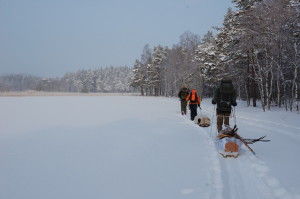
A normal winters day in Sweden can be a cosy -5 that is 33 degrees colder then the optimal temperature for us. To maintain our body temperature we use clothes so that we do not lose the heat our bodies produce. Our bodies need fuel to produce heat which means we need to eat more. This is all fine when you are inside in the warmth where you get external heat from external source such as a wood burning stove and food is easily accessible.
But what happens when you travel out in the wilderness?
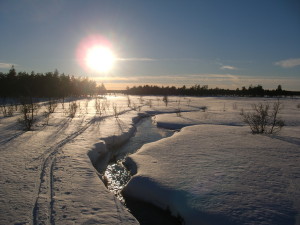
Here there is no water on tap, you will have to melt snow to get water unless you are lucky enough to get through the thick ice or find an open stream. But to melt ice or snow you need an external heat source either from a modern multifuel stove or from a fire. To make fire in the winter is not easy, all the twigs and branches you usually find on the ground are now covered with snow. When you manage to get water you will need to keep it from freezing. A normal water bottle will freeze when you go below zero and the colder it gets the quicker it will freeze. Water will have to be stored in a water bottle close to your body or in a thermos to prevent it from freezing. You will need to drink at least 2-3 litres per day and if you are doing hard physical activities you will need even more and add to this the water required for cooking and hygiene, you are going to need a lot of water and you are surrounded by it but it´s all in frozen form.
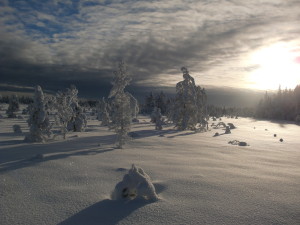
To travel in a frozen landscape takes discipline, routine and experience. The colder it gets the more disciplined you will have to be because the less mistakes you can make. The best time to learn to be disciplined and avoid making mistakes is at warmer temperatures where nature is more forgiving of your mistakes or to spend time with people who have more experience. Because the colder it gets you can’t make any mistakes. You can’t get wet in these conditions, because if you do then you will freeze, if your clothes get wet they need to be dried and if you don’t have an external heat source this can be difficult.
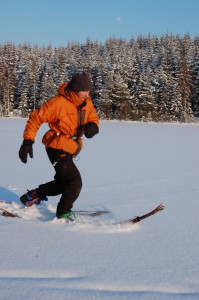
When you have acquired the skills, knowledge and experience to travel in the winter wilderness you will start to love what Calvin Rutstrum called “Paradise below zero”. In this frozen paradise, lakes and rivers become highways which you can travel on. The snow and ice surrounding you can be used to build shelters. The winter is a beautiful time of the year and opens up new ways to travel in the wilderness. Winter and the cold are often referred to as hell to be in because of all the work that needs to be done just to stay alive. But all that work pays off when you get to see the beauty of the winter and hear the ice booming and the trees crack because of the cold and it will definitely be mosquito free. This is paradise below zero.
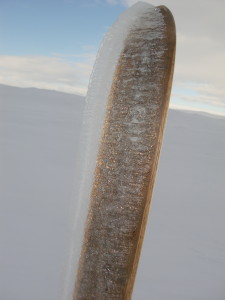
Johan Forsberg has studied Survival and Bushcraft with several instructors and has studied and worked for the renowned WEISS School (Wilderness Experience Survival School) before starting his own school Nordic Bushcraft. He has written an excellent article on the subject here!
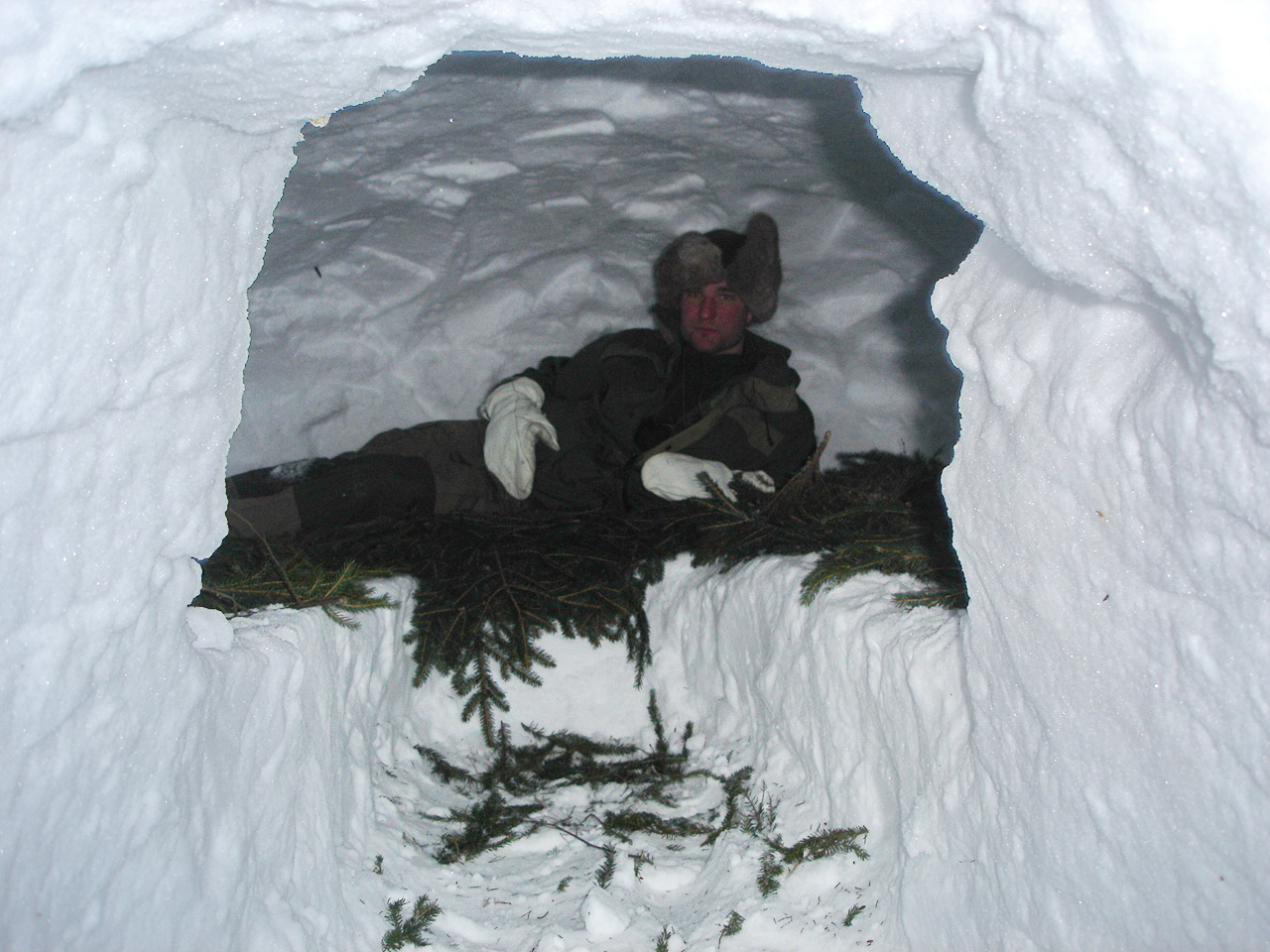

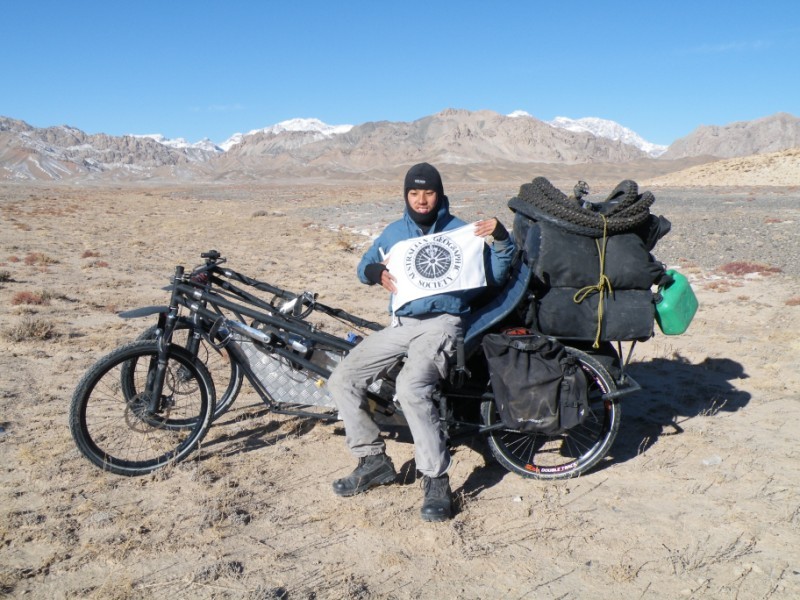
Great article! More please! More Nordic bushchraft! and Johan, please feel free to join us at The Adventurers Society on Facebook.
Hi Mikael,
My name is Joe Henderson, and I came across your blog the other day and find it very interesting and informative. Thanks for sharing your knowledge and experience! I agree, extreme cold temperature subject attract attention. That’s precisely what caught my attention.
I have lived in Alaska’s Arctic for many years and have been conducting Arctic expeditions for 30 years. Every winter I head out for a three-five month dog sled expedition in the Arctic. My upcoming expedition will be a 100-day solo, unsupported expedition in the extreme gut of the Brooks Range to gather ground condition data for the State of Alaska. The data will be published for climate researchers.
Last winter during my three and half month expedition, Alaska’s Arctic experienced the coldest winter in recorded history with temperatures as low as -54C and -73C wind-chill for an extended amount of time. It wasn’t a real pleasure traveling by dog team and living in my tent with those temperatures reminding me daily of the fragility of human flesh. However, in the past 30 years I’ve seen worst. The dog team and I have endured some of the worst blizzards in Alaska’s recorded history that is indescribable. Although, after reading your post; Paradise or hell, life below 0 degrees, I believe hell is the proper descriptive word to use to describe 85mph winds and wind-chill temperatures off the charts, living in a tent, and nearly buried alive.
I haven’t written very much about my experiences while exploring the Arctic. I’ve come to realize that it takes lots of time, so when I read blogs like yours I have to admire your dedication.
Joel